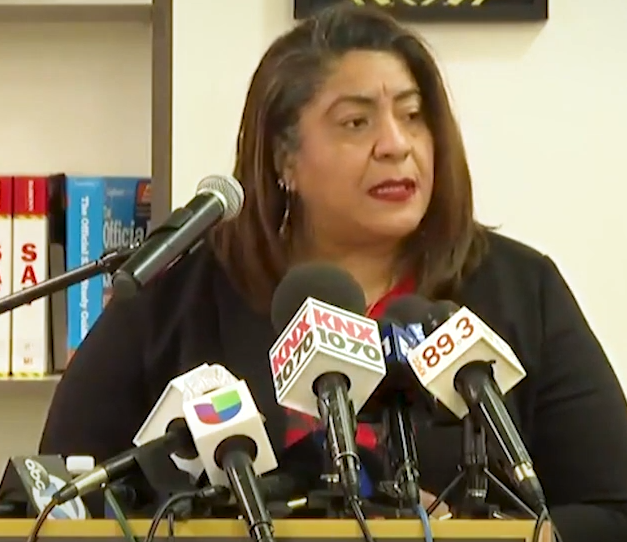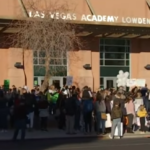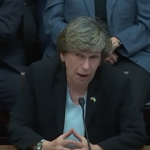The Problem with California Teachers’ Union Using the Race Card

Last week, California Governor Gavin Newsom and state Democrats agreed on a $2 billion legislative package to incentivize schools to reopen in districts with a low number of coronavirus cases. The agreement allowed concerned parents to breathe a sigh of relief, since they were finally able to see a light at the end of the tunnel concerning the prospect of getting their children back in the classroom. However, the agreement fell short of a mandate with the terms leaving plans vulnerable to the political whims of local officials and the collective bargaining tactics of teachers’ unions.
Immediately following the governor’s announcement, the United Teachers of Los Angeles came out in opposition to the agreement, shutting down parents’ hopes of a return to normalcy anytime soon.
In a press conference on Monday, UTLA President Cecily Myart-Cruz refused to “accept an arbitrary start date” and accused lawmakers of “propagating systematic racism” by striking the deal. Myart-Cruz asserted that offering financial incentives to districts that offer in-person learning would divert critical resources away from minority communities, where people are “dying at three times the rate of white residents.” The union president’s fears were echoed by the vice president of the La Mesa-Spring Valley Board of Education, who became irritated during a public school board meeting when members demanded a vote to establish a date to return to in-person learning.
After demanding to know the “language group” of the students who wished to return to school, Charda Bell-Fontenot chided the groups for their actions, stating, “That seems like a very white supremacist ideology, to force people to comply with and conform, just letting you know. Privilege, check it you guys.” If Democrat lawmakers and activists truly sought to help minority communities, they would move away from the virtual education system, which favors children whose families can afford technology and tutors to augment the reduced quality of education.
A study from the Ohio public schools illustrates the disproportionate effects of an online education. In the poverty-ridden suburbs of Ohio, chronic absenteeism, defined by the Department of Education as missing 10% or more of a school year, jumped by 18 percentage points in the African American community, up from 29% two years ago to 47% this year.
In comparison, chronic absenteeism among white students rose by only 8 points during the same time period. Furthermore, a report from the NWEA suggests that not only are white students outperforming minority students on assessments, but they are showing up for virtual school much more often. These alarming trends should reveal the dire consequences that accompany the politicization of our children’s development.
Case counts in California have stabilized and most of the state’s counties fall below 10 new cases per 100,000. Under the $2 billion agreement, districts with 7 or fewer cases per 100,000 would be required to offer in-person instruction to all elementary school students and at least one grade of middle school. The faster that students are allowed back in classrooms, the sooner that teachers can address the issues of those who have fallen behind. Therefore, officials should be careful in characterizing supporters of reopening as “white supremacist,” since they are actually attempting to save the futures of minority children.




